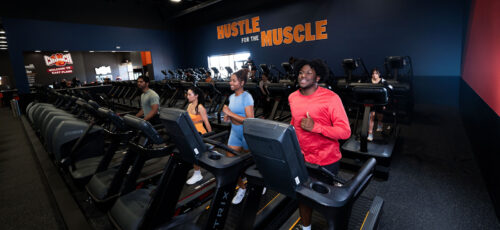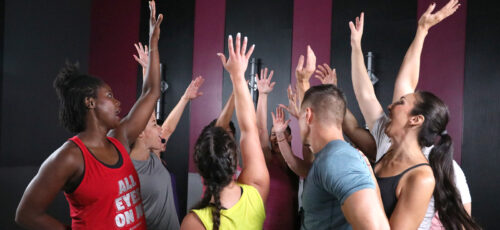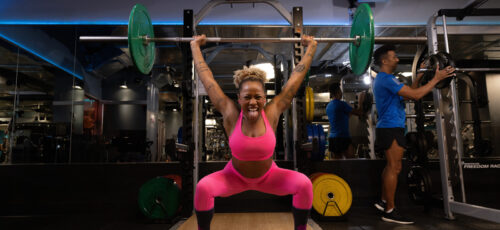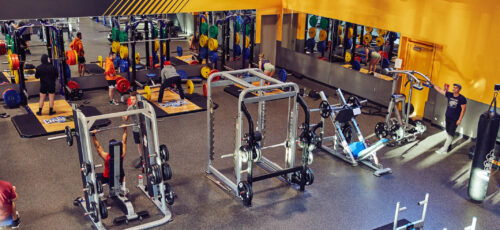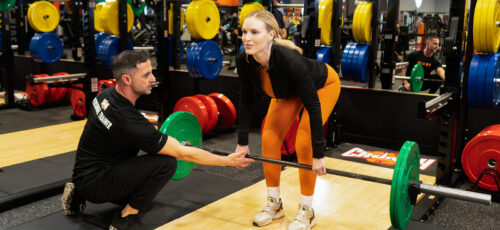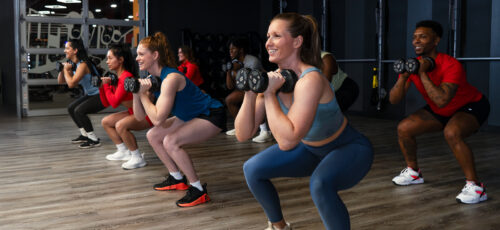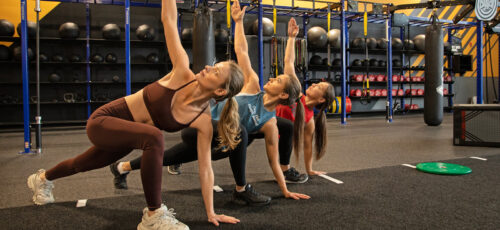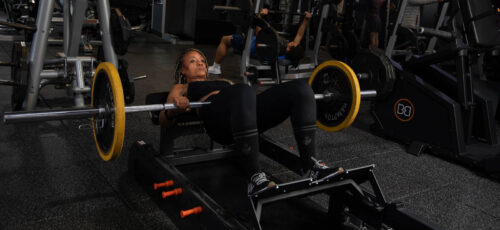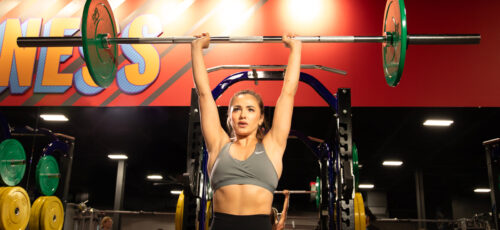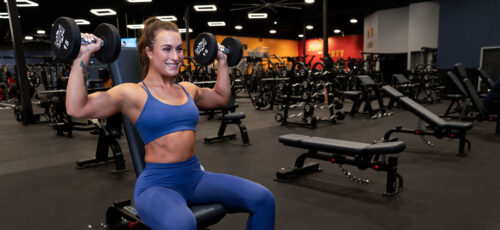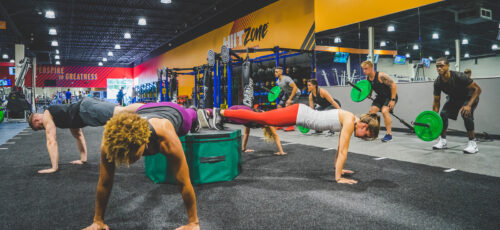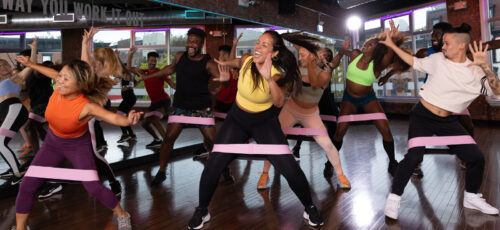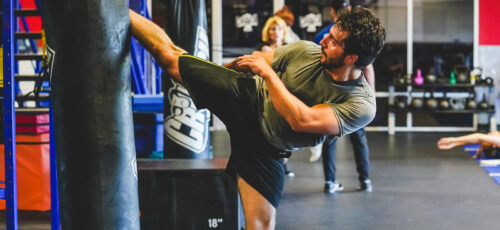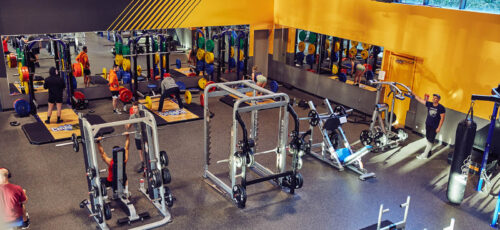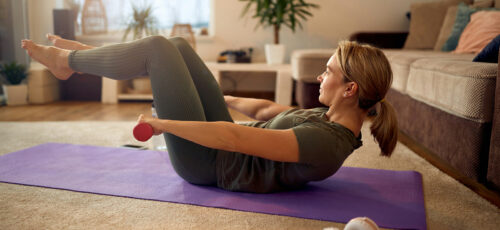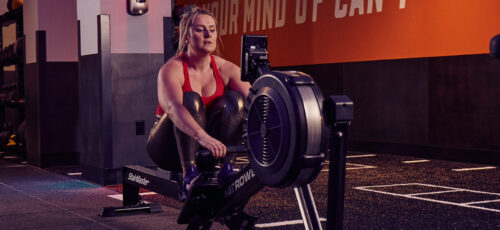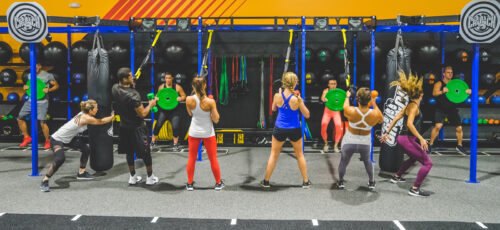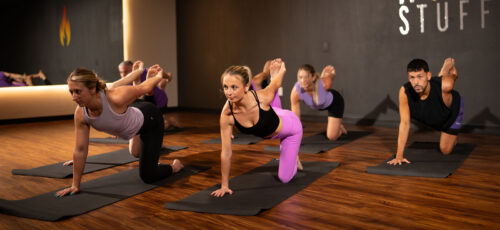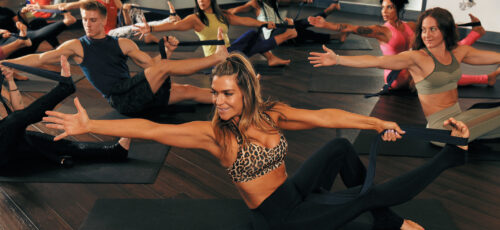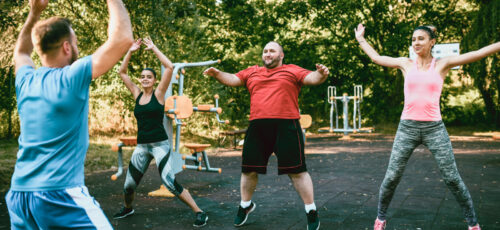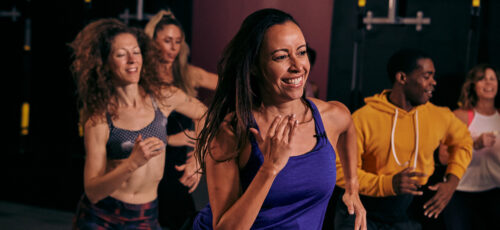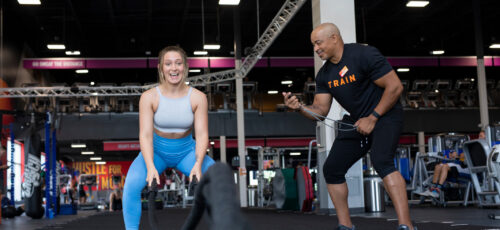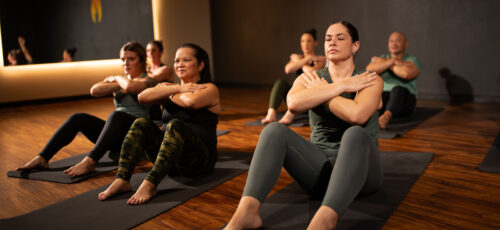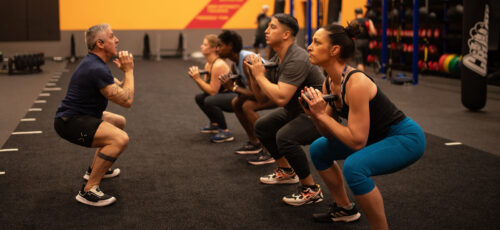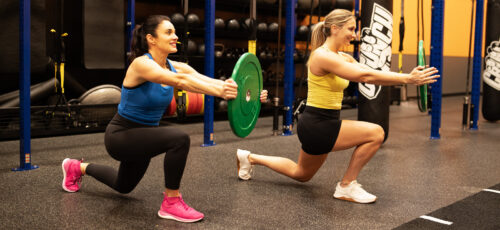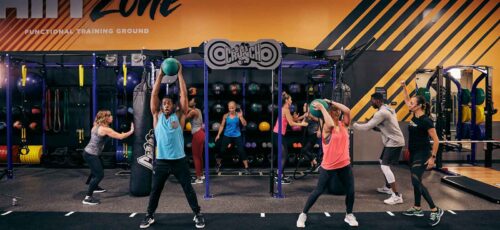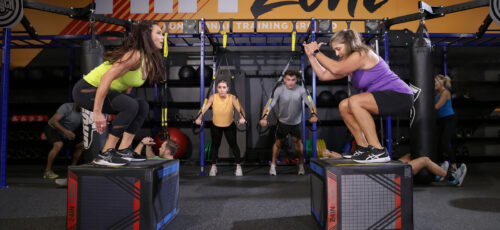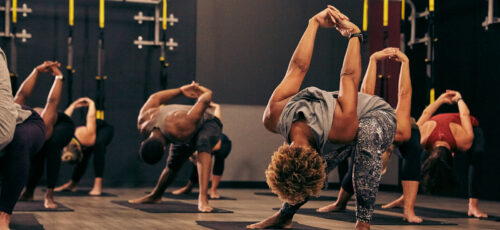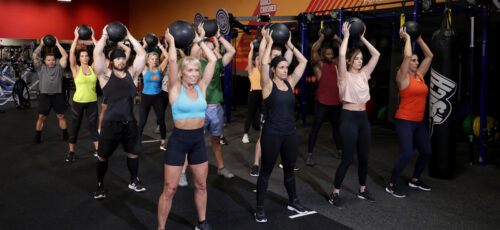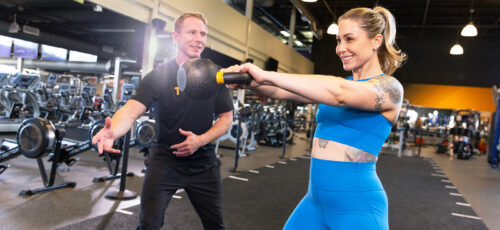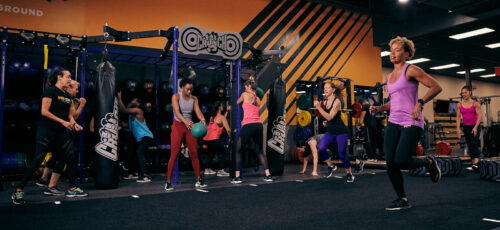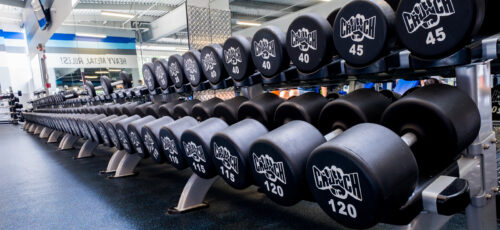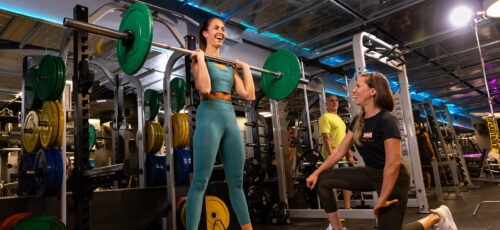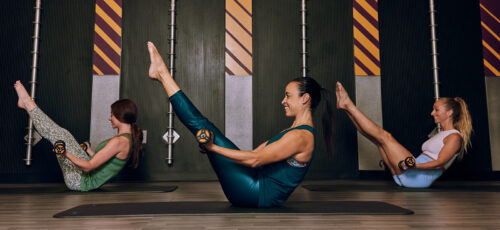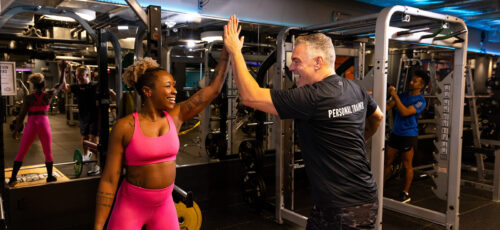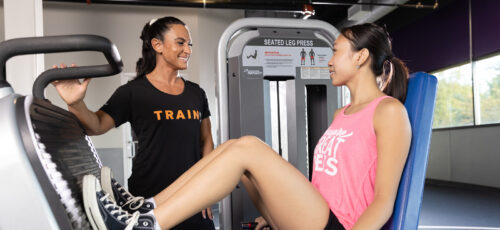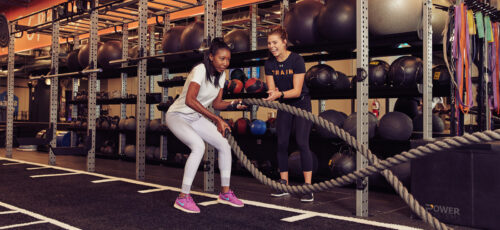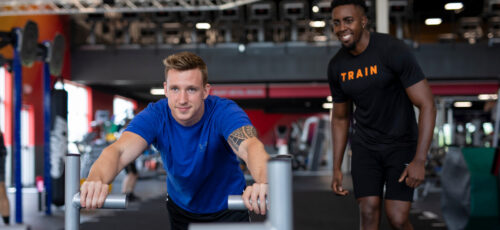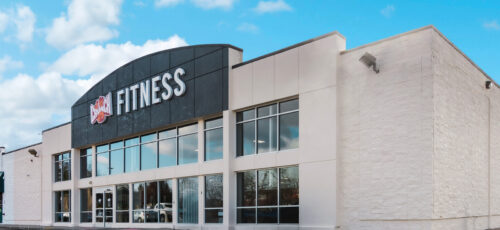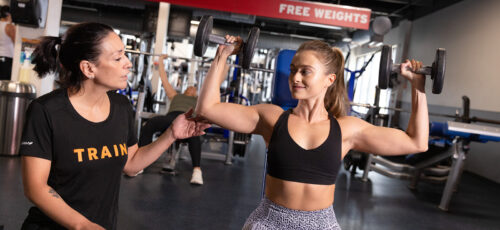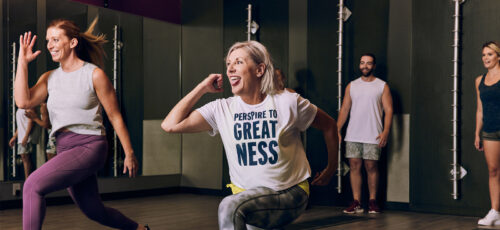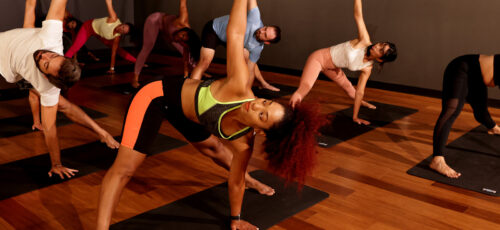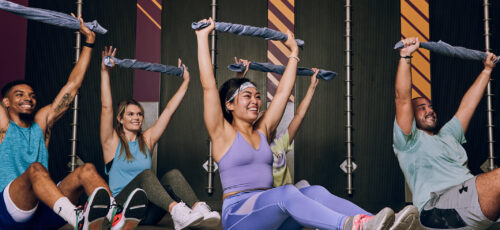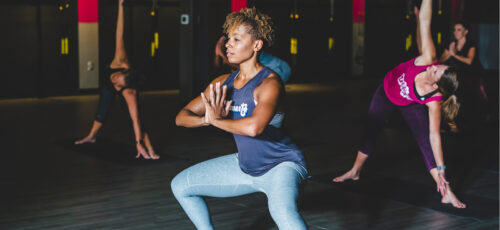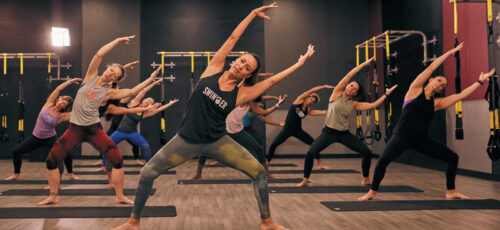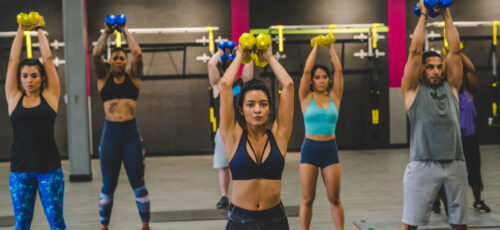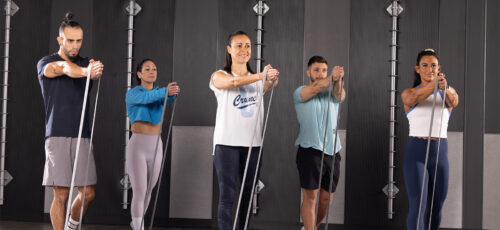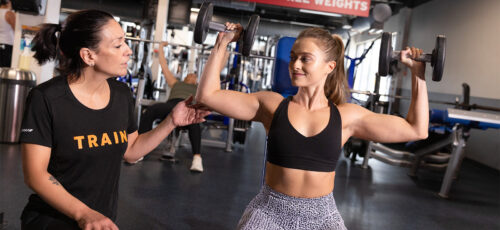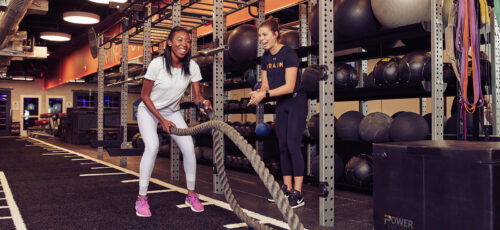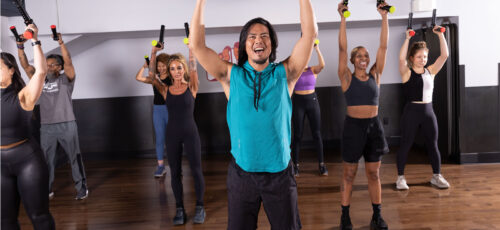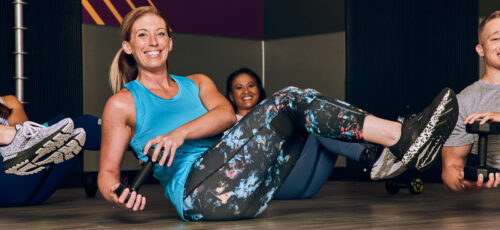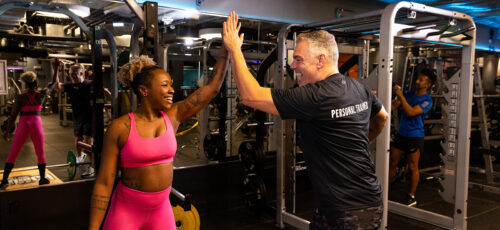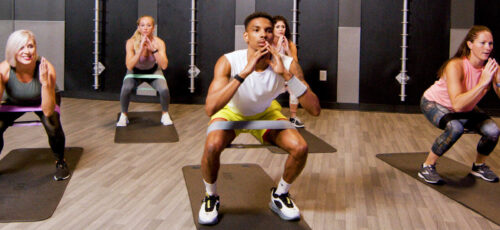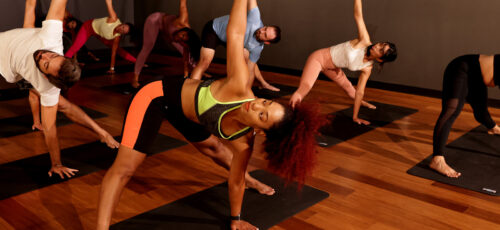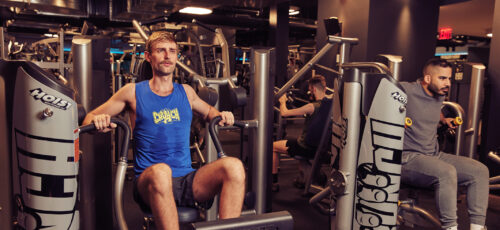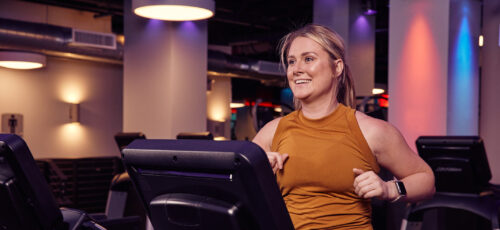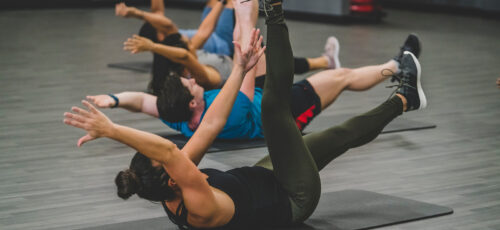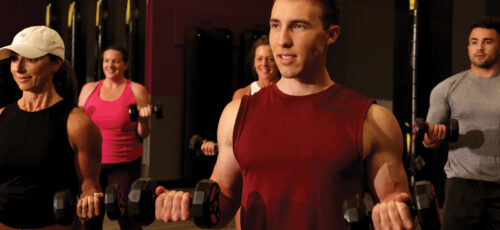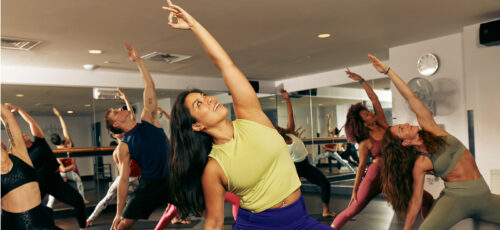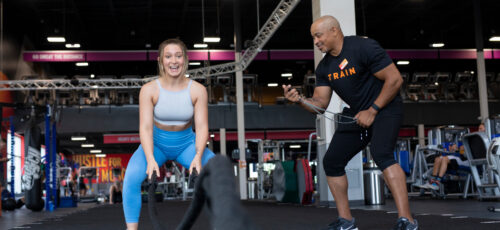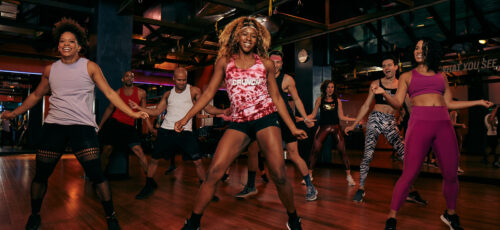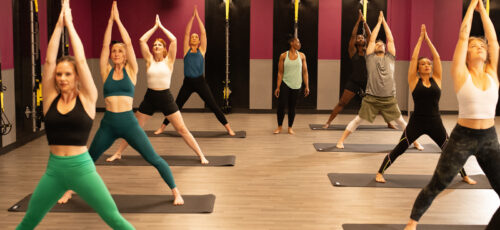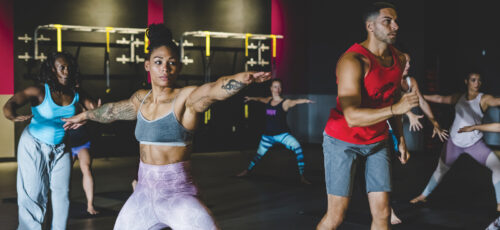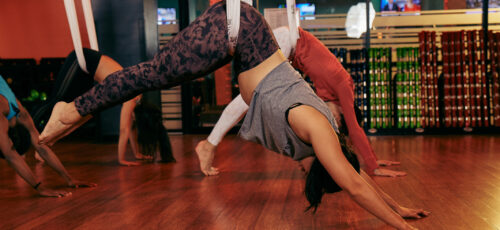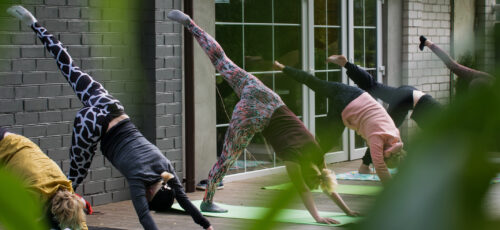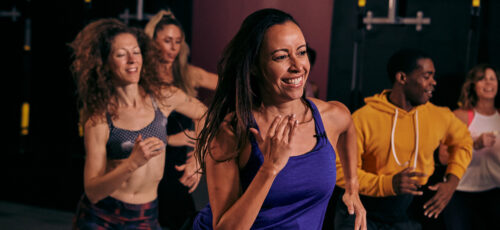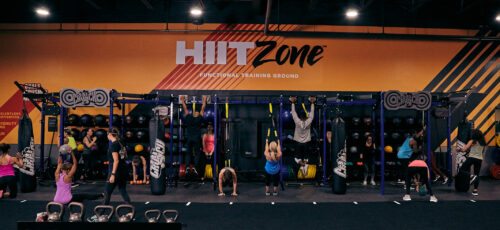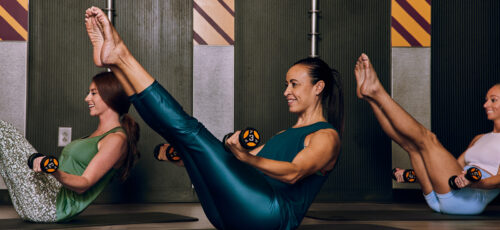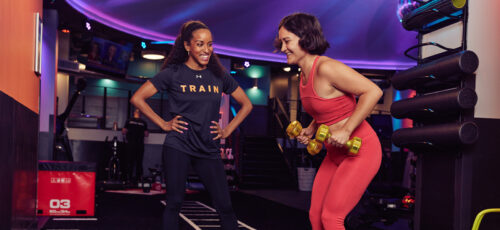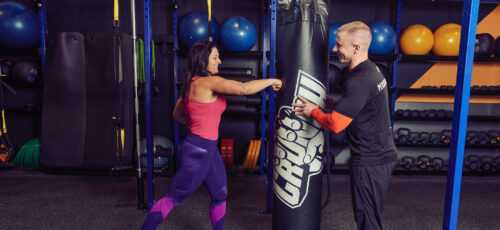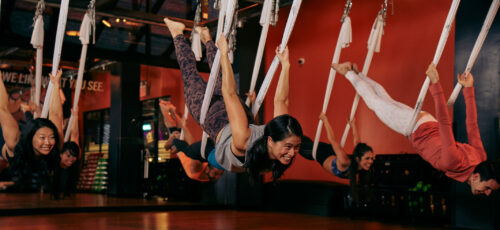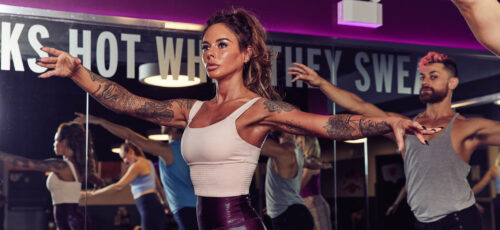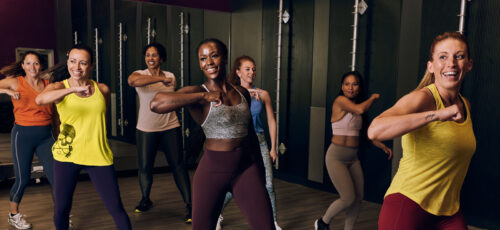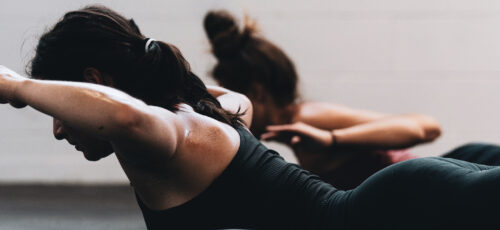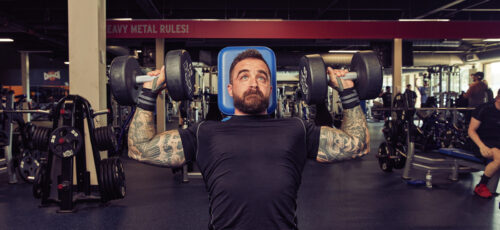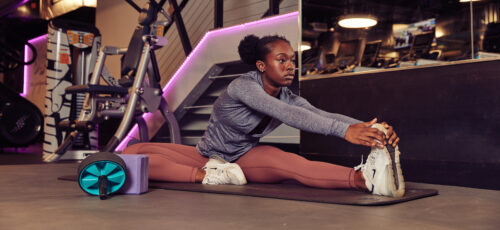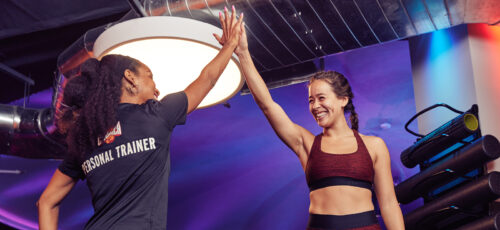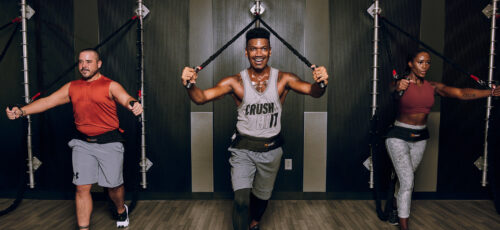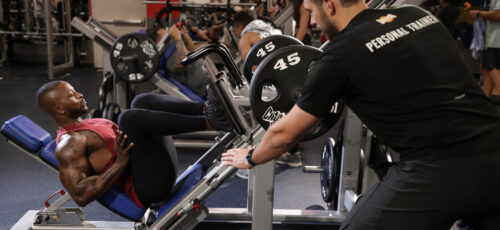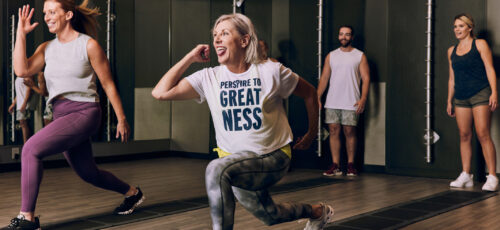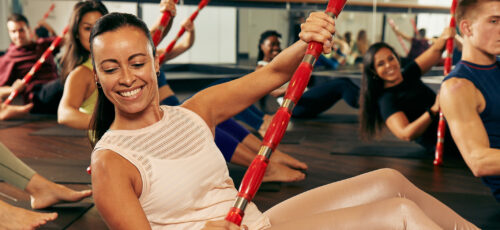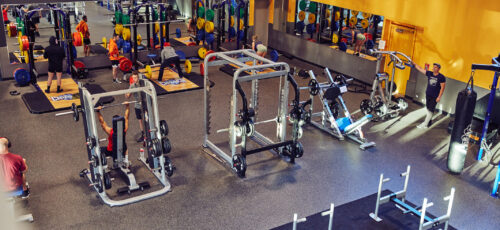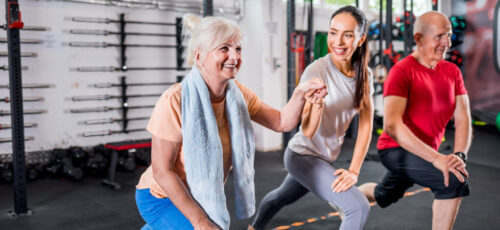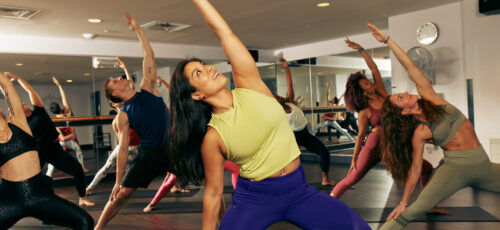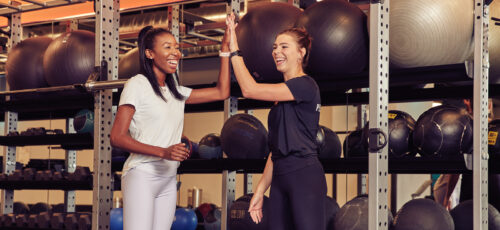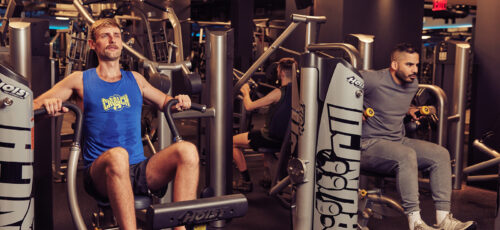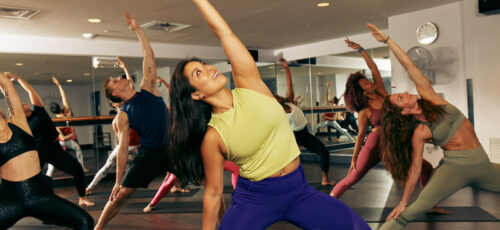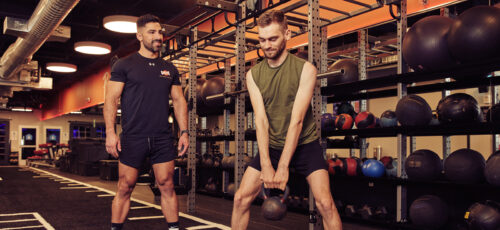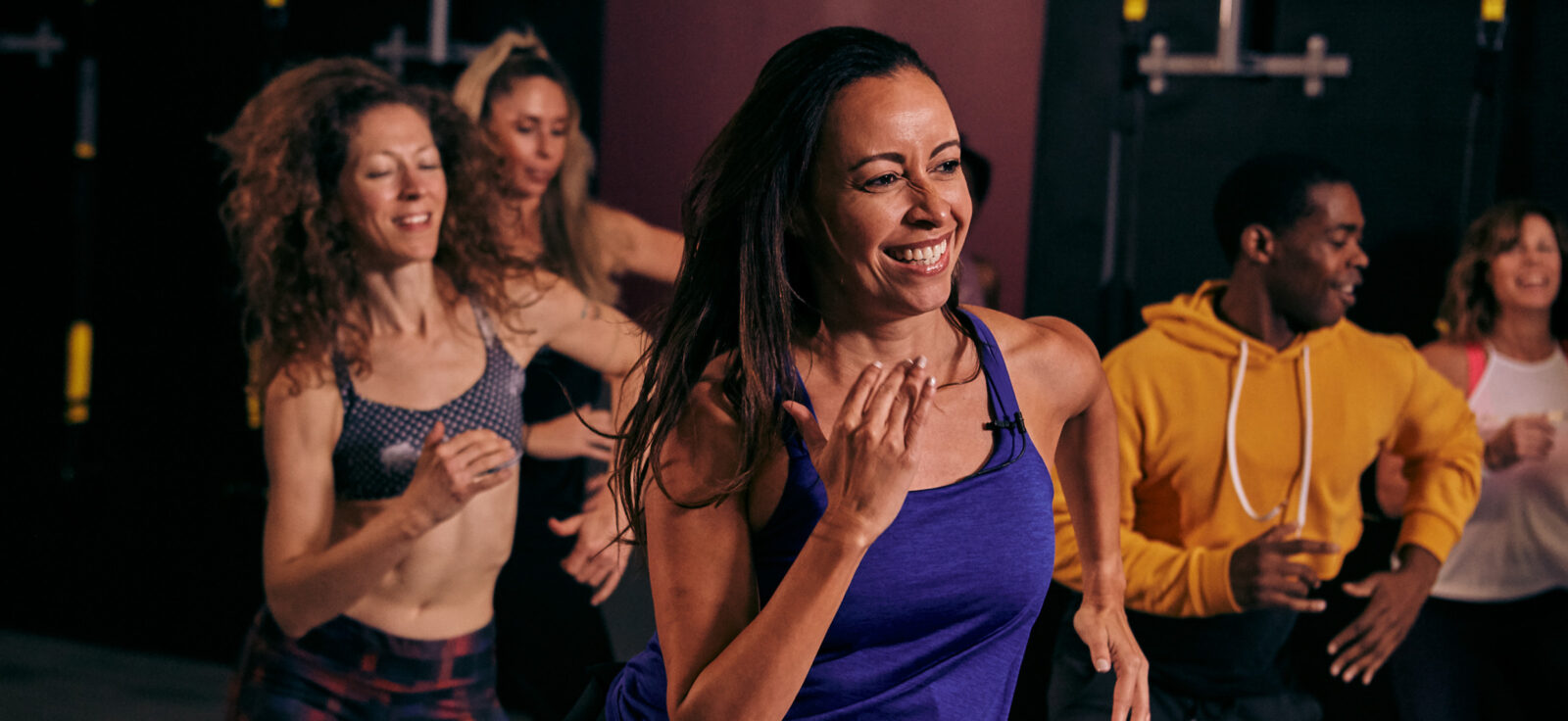
You probably have asked yourself, how long it takes to see results from a fitness class? Well, today, we’ll explore the importance of fitness classes, the factors that influence your progress to lose weight, and the difference between short-term and long-term results. By the end of this post, you’ll see the results, pun intended, on how fitness classes can boost your health and well-being.
The Importance of Fitness Classes
When it comes to achieving your fitness goals, variety and structure are essential. Fitness classes offer an exciting and dynamic way to break away from the monotony of solo exercising. You might wonder, “Why should I add a fitness class to my workout?” Simply put, motivation, guidance, and the opportunity for a more satisfying social life.
Whether you’re a seasoned athlete or just starting, fitness classes are a valuable addition to your regimen.
Fitness classes provide a diverse range of health advantages:
- Enhance your fitness performance.
- Increase muscular strength and endurance.
- Improve flexibility.
- Boost your mental well-being.
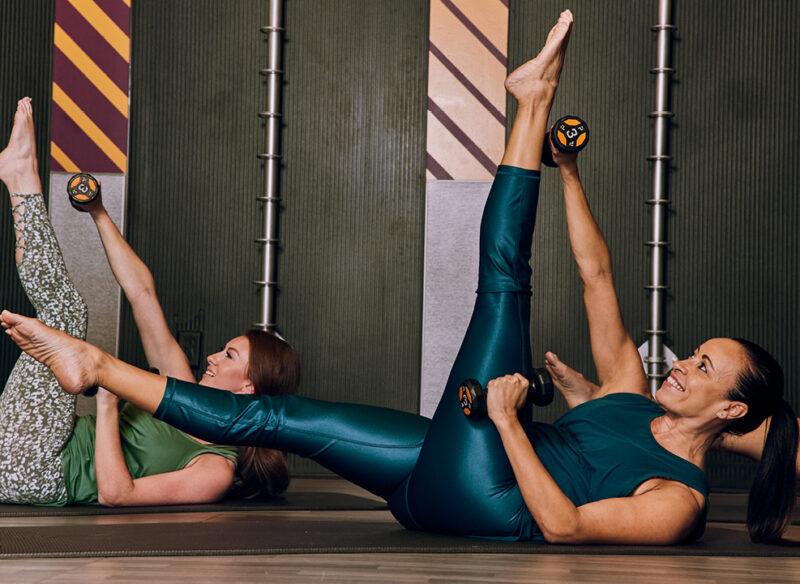
The presence of certified instructors and the camaraderie of fellow participants cultivate a supportive and motivating setting that encourages you to push your boundaries and attain your fitness objectives.
Factors Influencing Your Progress
Have you ever wondered why some people breeze through their fitness journey while others struggle? Genetics have an impact, but don’t get too worked up about it.
Every individual’s body responds differently to exercise, and it’s not just about your own workout routine or efforts.
They influence how your body responds to exercise. Some lucky folks might build muscle super quick, while for others, it’s a journey.
Here’s the good part: your genes are just one factor. With hard work, commitment, and a smart fitness plan, you can make significant progress, regardless of your genetics.
A recent study from the Cambridge Centre for Sport & Exercise Sciences found that genes significantly influence how our bodies respond to exercise. They affect different aspects of your fitness journey, from muscle strength to heart health.
The study, involving 3,012 adults, revealed something remarkable. Even when people did the same exercises for two to three more, everyone experienced different levels of improvement. It turns out genetics are responsible for up to 72% of these differences.
Genetics also influence how your body responds to cardio and power exercises. But remember, genes aren’t the whole story. Factors like an adequate fitness program, diet, nutrition, recovery, and injuries also play a part.
Imagine if your fitness routine was customized just for you based on your genes. We aren’t joking. It is a reality. The study identified specific genes and their alleles, like gene variations. These alleles decide how your body responds to cardio, weight gain, and power-boosting exercises, letting you see results quickly.
So, in the near future, if you want to see your body composition completely transformed, gene testing might help create a unique fitness plan just for you. It’s not one-size-fits-all anymore. This personalized approach can benefit people from all walks of life, from those recovering in hospitals to elite athletes chasing their dreams.
Ultimately, although your genes play a role in your fitness journey, they’re not the entire story.
Setting Short-Term and Long-Term Fitness Goals
The key to making progress in your fitness journey lies in striking a harmonious balance between setting short-term and long-term goals. Short-term objectives deliver immediate rewards and an instant boost in well-being. Participating in fitness classes can lead to a rapid surge and mood boost in energy levels, helping you see results in how you feel physically and mentally. These tangible and instant physical benefits can often be attributed to the release of endorphins, the “feel-good” hormones that not only enhance your mood but also contribute to better mental health by reducing stress and anxiety.
These short-term improvements, such as increased energy levels and an improved mood, play a crucial role in motivating many people to stay committed to their fitness regimen. As you move more calories and experience these quick wins, you may find that they not only invigorate your body but also foster a positive impact on your mental well-being.
On the other hand, long-term goals aim for more profound and enduring changes. These objectives can encompass significant shifts in body composition, including losing weight, losing fat, building muscle mass, and enhancing endurance and strength. Realizing these long-term fitness improvements requires unwavering dedication and patience. Fitness classes, however, offer the structure and guidance you need to persist on this journey.
Over time, with sustained commitment and the support of fitness classes, you can witness remarkable transformations in your physique and overall fitness. Achieving these long-term objectives by exercising regularly not only yields physical benefits but also contributes to your mental health, creating a holistic sense of well-being.
Your path to cardiovascular health and fitness success depends on adopting a goal-setting approach. Short-term goals provide immediate gratification, improving energy levels and mental health, while long-term goals set the stage for enduring transformations in your physical well-being and overall health. The combination of short- and long-term objectives, reinforced by consistent participation in fitness classes, ensures you look and feel like your best self and enjoy a lasting improvement in your mental and physical health.

The Importance of Tracking Progress
Progress doesn’t happen overnight. Seeing results takes time and commitment. The best way to stick to your fitness goals is to track your progress. Tracking your progress increases the likelihood of reaching your goal and encourages you to spend your time efficiently. It will make you want to keep moving, make you want to do more reps than last time, and help you break the cycle of starting and stopping. Explore these three ways to measure fitness progress:
Keep A Fitness Journal
One of the simplest ways to track your progress is to keep a fitness journal. Logging your workouts and meals doesn’t have to be complicated. You can use a notebook, digital notes, or Excel spreadsheet. Write down the exercises, sets, reps, and the weight used for strength exercises. Additionally, track how you feel after each workout to monitor your progress and ensure that you stay motivated.
Snap Workout Progress Pictures
Take progress pictures regularly to visualize your transformation. Ensure consistency by capturing images from the same angles, in similar lighting, and at the same time of day. Avoid comparing photos taken just a few weeks or days apart; instead, focus on pictures that are four to six weeks apart to notice substantial changes.
Feel How Your Clothes Fit
Use your clothing as a tangible indicator of progress. Pay attention to how your clothes fit – do they feel looser or more comfortable? To accurately measure progress, select the same piece of clothing and assess your fit once a month.
Take Measurements
Measuring your body, rather than relying solely on the scale, provides a more accurate representation of progress. Using a tape measure, record the size of various body parts like your neck, shoulders, chest, biceps, waist, hips, and thighs. Consistency is key, so measure at the same time of day and under similar conditions.
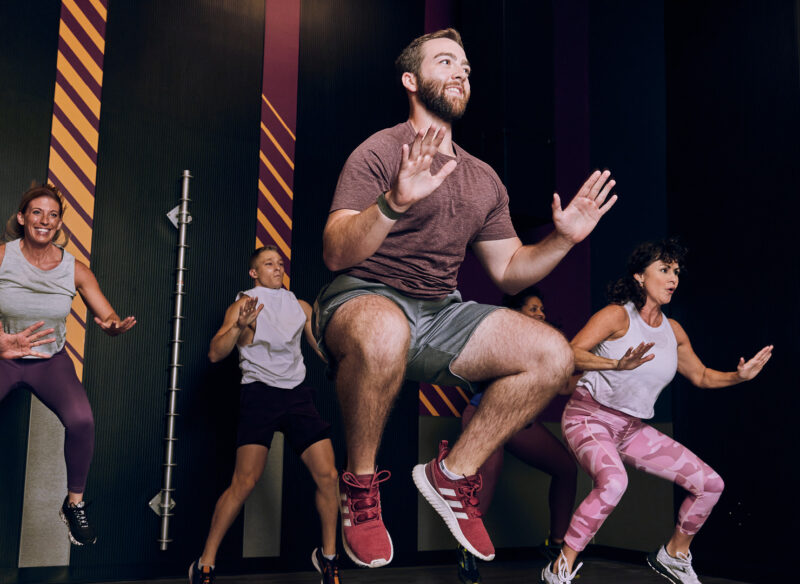
General Timeline Estimates
The endless question: How long does it take to see results? Well, everything comes for those who know how to wait. Patience is a gift. Nevertheless, here are some estimates from your starting point until you finally start noticing improvements and a notorious physical change in your fitness journey:
Beginners: 4-8 Weeks for Initial Changes in Strength and Endurance
For beginners, you can expect to see initial changes in strength and endurance within 4-8 weeks of consistent participation in fitness classes. These initial gains can be highly motivating, improving your physical strength and cardiovascular endurance and providing a solid foundation for future progress.
Weight Loss: 2-12 Weeks for Visible Changes Depending on Consistency and Intensity
If your primary goal is weight loss, visible changes may take 2-12 weeks to become apparent, depending on your consistent interval training and the intensity of your workouts. Achieving weight loss is not just about exercise; it also involves maintaining a balanced diet. The synergy between your nutrition and activities is vital to effective weight management.
Muscle Gain: 8-12 Weeks with the Proper Training and Nutrition
For those aiming to build muscle, it typically takes 8-12 weeks of proper training and nutrition to notice significant improvements. The bodily benefits are obvious: the energy levels over the top and the muscle growth are the results of working out constantly. All of these are influenced by factors like resistance training, adequate protein intake, and recovery.
Understanding the relationship between exercise, diet, and the time it takes to see results is crucial for achieving your desired fitness outcomes, which extend beyond the just physical activity realm to positively affect your mental health, energy levels, and overall well-being.
Importance of Consistency
Consistency is the backbone of progress in fitness classes. Regular attendance ensures you reap the full benefits of the workouts and steadily improve your fitness level. Attending classes as scheduled per week allows you to progressively challenge your body and maintain the high intensity and momentum required for significant progress.
On the flip side, an inconsistent workout schedule can hinder your progress. Your body adapts to the stress and stimuli provided by fitness classes, so skipping sessions can disrupt your momentum and slow your advancement. Consistency is the key, however long it takes to achieve your fitness goals efficiently and effectively.
Join Us!
In conclusion, fitness classes offer a fantastic way to see progress in your fitness journey. They provide structure, motivation, and results within a supportive environment to help you achieve your health and fitness goals. To experience the full benefits, remember to set clear goals, work consistently, and stay committed to your classes.
Crunch promotes a culture of positivity, inclusivity, and fun with no judgments by providing an environment for all individuals regardless of their health and fitness goals. Find a Crunch gym near you to try our free trial membership, or join Crunch today!









